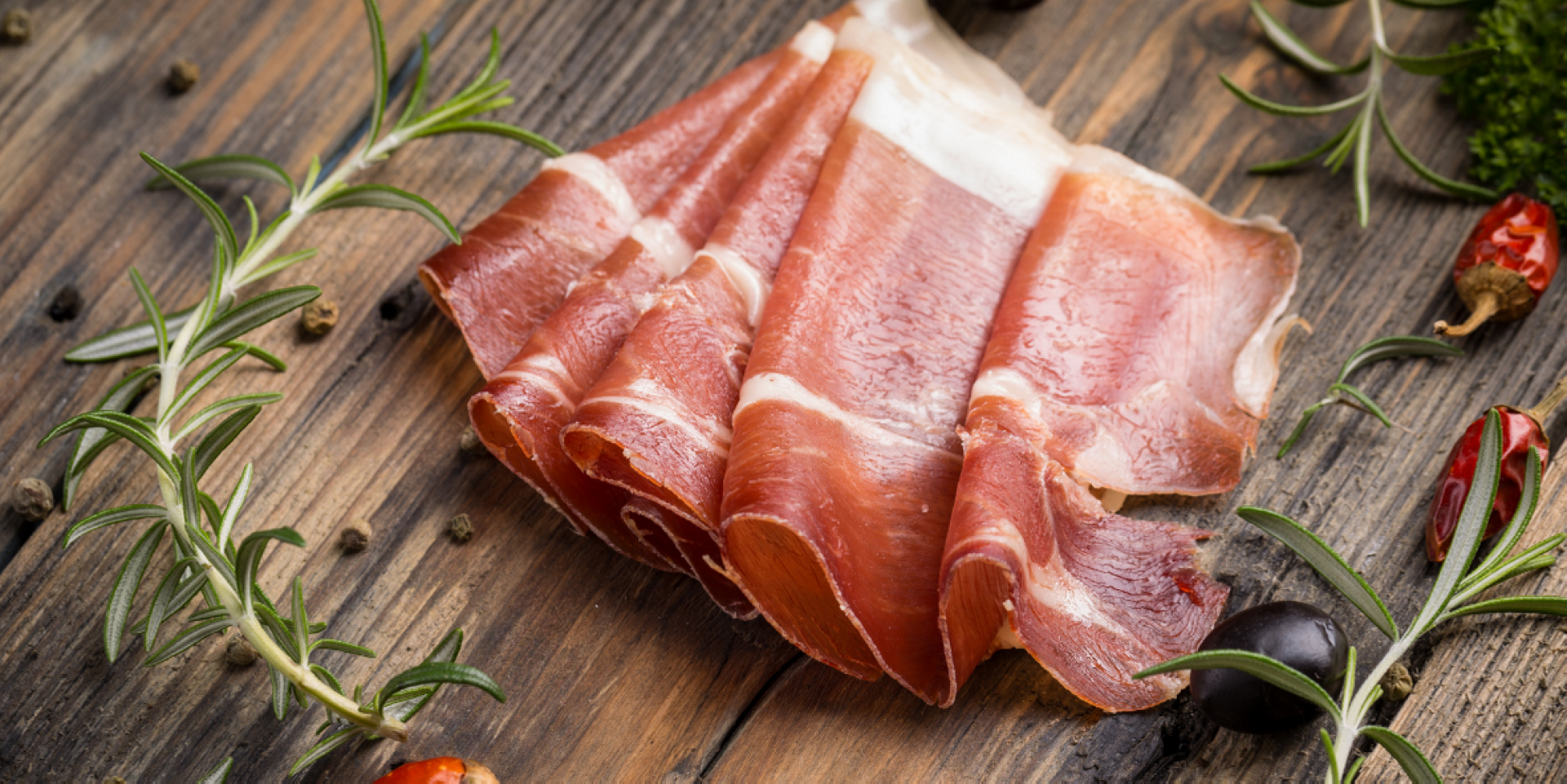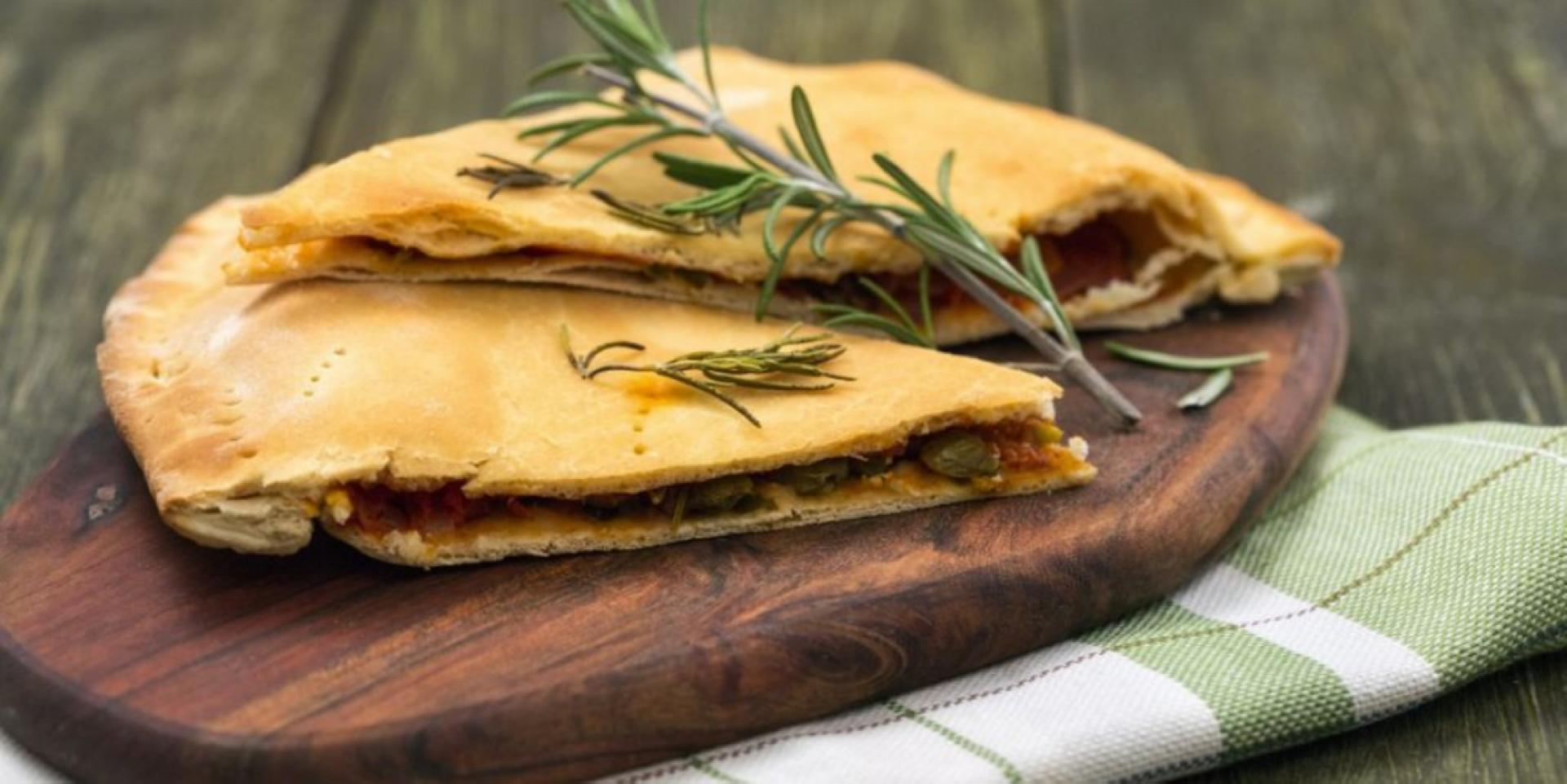Croatian traditional food
Dalmatia, a Roman province in antiquity, has a unique history that has influenced its gastronomy.
Following ancient recipes
The Romans left numerous traces of their prolonged reign over Dalmatia and one of those
traces is visible in Dalmatian gastronomy.
Dalmatia is the epitome of sustained heritage, as Stephen Mennel mentions in his book
“Culinary Cultures of Europe: Identity, Diversity and Dialogue. Also, a culinary kaleidoscope of
ancient sea urchin dishes, raw fish salads, meat roasted under the lid, a
ncient doughs and
bread, Byzantine sweet and sour sauces and Saracen vegetables like stuffed aubergines.
Ancient dishes in Dalmatia are popular even nowadays. You cannot visit local restaurants
without trying smoked ham
-
the Dalmatian pršut, unleavened b
read or Viška or Komiška
pogača.
But the journey of ancient taste doesn’t end there.

Well - known "pašticada", marinated and dressed beef rump cooked in a slow - simmered vegetable sauce that exudes, as Stephen Mennel again says, aromas of Rome, Byzantium and Venice. But fish recipes are a road to discovering the history of Dalmatian cuisine. "Lešada" or "popara" (boiled fish), famous at the island of Korčula, or "gregada" (fish stew) prepared on the island of Hvar are one of the best Mediterranean fish stew s and the queen is Dalmatian "brujet" which combines the strength of the sea, olive groves and vineyards, everything Dalmatia is all about.
Since ancient times, salt has been used as a preservative to keep meat and seafood edible for longer periods, and it helped to eliminate dependence on the seasonal availability of food.
Old records, in which historical facts are sometimes intertwined with myths and legends with archaeological findings, are merged into a mosaic of a small, yet so strong and powerful worl d whose historical significance and fate are determined by the sea and sailing. Records mention "falkusa" boats from Komiža which were sailing to Palagruža and sailing back with a full vessel of salted anchovy, going with "maestral" and returning with "ju go" (maestral and jugo are Croatian local winds). Each fishing season always started with a regatta. Coming first meant anchoring at the best fishing position. Salt - marinated anchovies and pickled capers and olives were stapled food that sustained familie s during winters.
The two biggest places on the island Vis, Vis and Komiža
always had certain tensions between themselves. That
can also be seen in famous recipes.
Croatian gastronome Veljko Barbieri also explored the story about this specific ‘bread’ from
Island Vis (Issa).
Ancient Greeks were the ones who brought these recipes from Syracuse (Vis also is known as
Dionysus Issa). In its older form, this cake had only bread with onion, garlic, "petrusimula" and
fillets of salt fish, mostly sardines. And this is Viška pogača (Issa). But, thanks to Spain and her
colonies, Europe as well as the south Mediterranean start to use tomato, and tomato sauces.
And that is a cake from Komiža.

Trogir Rafioli - Legend behind the treats
We might say that in a good part o f our oldest province "rafioli" are a kind of ritual object, something like the communion wafer – it’s there on the table with christenings, communions and confirmations, with weddings and wakes. Like other Dalmatian treats, every family has its recipe th at it hands down from generation to generation with jealous zeal. As for the origin of Trogir "rafioli", there is a legend attached to it, true enough, the way it often is here, with no historical backing. A girl named Rafioli was imprisoned in the famed Kamerlengo Tower in Trogir, who, in the expectation of being rescued by her sweetheart, baked delicious cakes. A Trogir patrician lad liberated the lady and led her off to his mansion, where to the end of her life she baked him "rafioli". Once in Trogir until the wee hours during the time of the feast of Bacchus (a wine event that stems from Antiquity) we discussed "rafioli" with Duško Geić, a good spirit of Trogir, winemaker, poet, etymologist and above all a supreme connoisseur of Trogir history and tra dition. He claimed that the true name (for the singular) was rafiola and not rafiol. Under the heavy burden of patriarchal inheritance, rafiola had changed its gender and became male, rafiol.
So typical of Dalmatia in which olive oil too has a masculine
gender although the olive tree itself
is feminine.















